WISH COME TRUE: 8-year-old Zion receives the world’s first pediatric double hand transplant at Children’s Hospital of Philadelphia. http://nbcnews.to/1SLmf5m.
WISH COME TRUE: 8-year-old Zion receives the world’s first pediatric double hand transplant at Children’s Hospital of Philadelphia. http://nbcnews.to/1SLmf5m.

Serendipity has as much a place in science as in love. That’s what Northeastern physicists Swastik Kar and Srinivas Sridhar found during their four-year project to modify graphene, a stronger-than-steel infinitesimally thin lattice of tightly packed carbon atoms. Primarily funded by the Army Research Laboratory and Defense Advanced Research Projects Agency, or DARPA, the researchers were charged with imbuing the decade-old material with thermal sensitivity for use in infrared imaging devices such as night-vision goggles for the military.
What they unearthed, published Friday in the journal Science Advances, was so much more: an entirely new material spun out of boron, nitrogen, carbon, and oxygen that shows evidence of magnetic, optical, and electrical properties as well as DARPA’s sought-after thermal ones. Its potential applications run the gamut: from 20-megapixel arrays for cellphone cameras to photo detectors to atomically thin transistors that when multiplied by the billions could fuel computers.
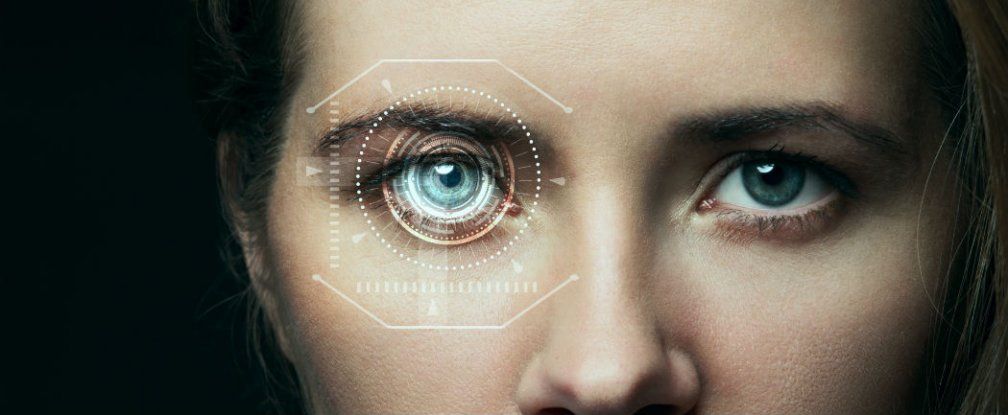
It’s getting harder and harder to get away from the cameras these days, and now a new type of facial recognition system goes further than most: it uses infrared scanning technology to match the thermal heat signature of a person’s with a standard photograph of it. In other words, you can now be seen in the dark.
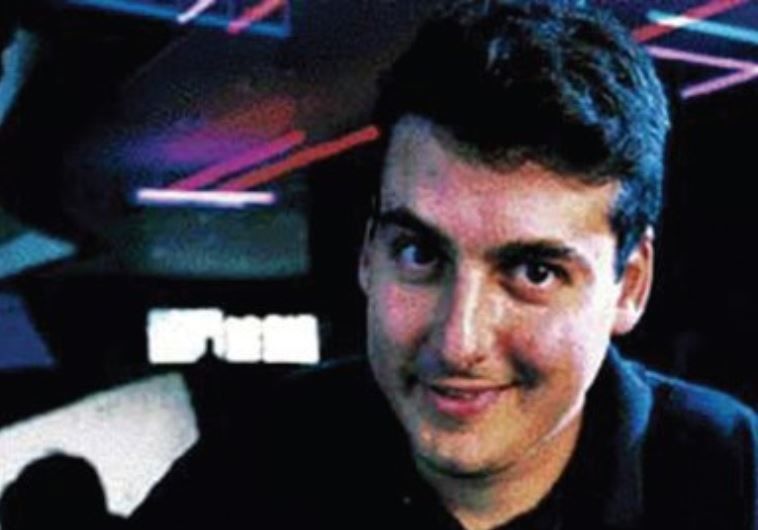
Synthetic biology programming microorganisms to perform some new functions. Genes are made out of DNA; synthetic biology involves inserting synthetic genes that might not have existed before into yeast and reprogramming them to make a new chemistry or things not made naturally by biology. Each gene codes for an enzyme. One can program a new set of enzymes and convert them to intermediate products. If you go through five or even 15 steps, you can get a final product – a polymer, a new drug – creating a chemical factory inside a cell. This is much better than nanotechnology, because in synthetic biology, we get down to molecular size…
Prof. Joseph Jacobson, a leading physicist at the Massachusetts Institute of Technology, is not only the inventor of e-ink but also a mover in creating artificial DNA to eventually cure diseases.
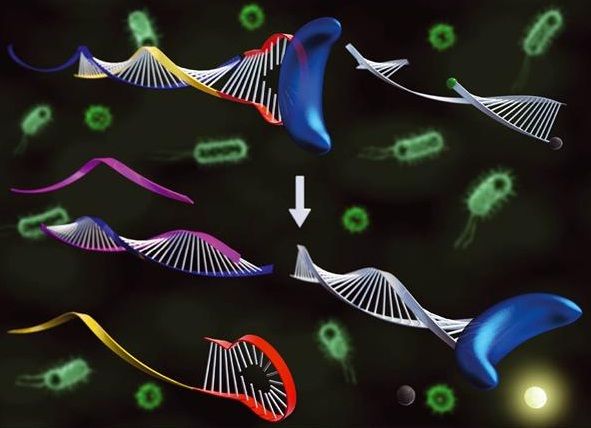
Professor Hyun-Gyu Park of the Department of Chemical and Biomolecular Engineering at Korea Advanced Institute of Science and Technology (KAIST) has developed a technique to analyze various target DNAs using an aptamer, a DNA fragment that can recognize and bind to a specific protein or enzyme. This technique will allow the development of affordable genetic diagnosis for new bacteria or virus, such as Middle Ease Respiratory Syndrome (MERS). The research findings were published in the June issue of Chemical Communications, issued by the Royal Society of Chemistry in the United Kingdom. The paper was selected as a lead article of the journal.

Researchers are working on a 3D printing pen that will allow surgeons draw regenerative cells onto injured body parts — the Biopen.
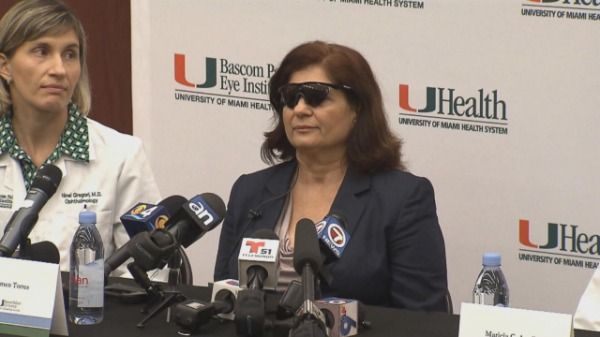
Watch the video Bionic Eye Restores Woman’s Vision on Yahoo News. Carmen Torres is the first to receive the life-changing implant in Florida.
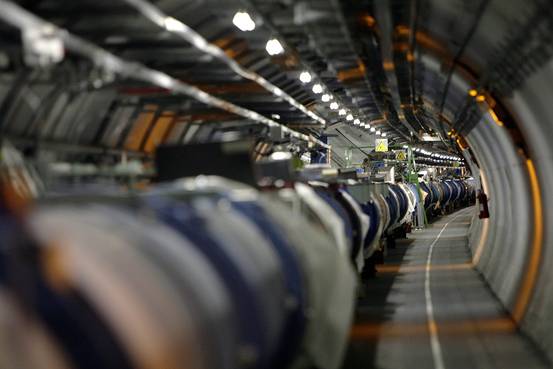
CERN’s Large Hadron Collider, after a two-year shutdown, has begun a new quest to probe some of the biggest puzzles about the universe, such as dark matter and the possible presence of other dimensions.
As technology visionary Ray Kurzweil put it, “maybe our whole universe is a science experiment of some junior high school student in another universe.” (Given how things are going, he jokes, she may not get a good grade.)
Quoted: “Traditional law is a form of agreement. It is an agreement among people and their leaders as to how people should behave. There are also legal contracts between individuals. These contracts are a form of private law that applies to the participants. Both types of agreement are enforced by a government’s legal system.”
“Ethereum is both a digital currency and a programming language. But it is the combination of these ingredients that make it special. Since most agreements involve the exchange of economic value, or have economic consequences, we can implement whole categories of public and private law using Ethereum. An agreement involving transfer of value can be precisely defined and automatically enforced with the same script.”
“When viewed from the future, today’s current legal system seems downright primitive. We have law libraries — buildings filled with words that nobody reads and whose meaning is unclear, even to courts who enforce them arbitrarily. Our private contracts amount to vague personal promises and a mere hope they might be honored.
For the first time, Ethereum offers an alternative. A new kind of law.”
Read the article here > http://etherscripter.com/what_is_ethereum.html